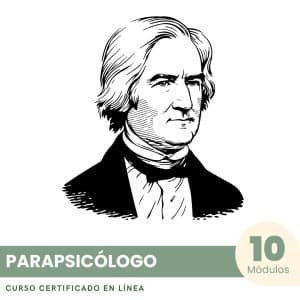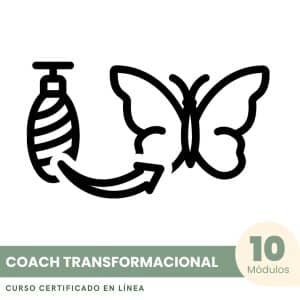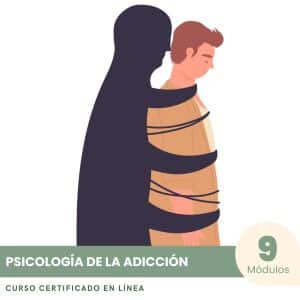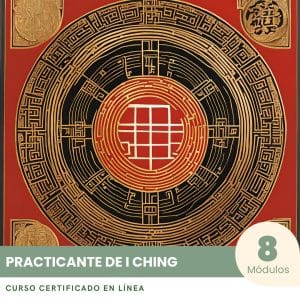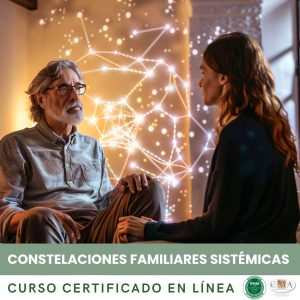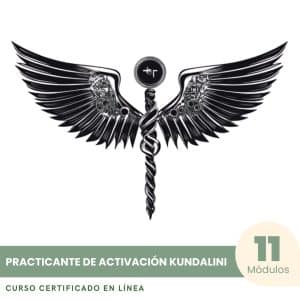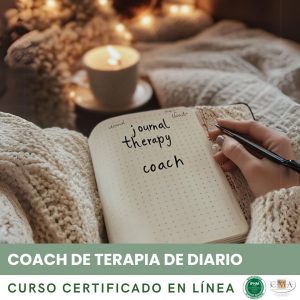7.12 – Laughter Techniques and Stress Management

Laughing techniques and stress management are valuable tools of laughter therapy, allowing the power of laughter to be used to reduce stress, anxiety, and accumulated tensions. They involve combining specific laughter exercises with relaxation, breathing, and positive visualization techniques, to promote a state of deep relaxation and lasting well-being.
The key principle of these techniques is that laughter is a natural and powerful antidote to stress. When we laugh, we release endorphins, these “happiness hormones” that provide a sensation of pleasure and relief. We also intensely oxygenate the body and the mind, which helps to eliminate toxins and clarify thoughts. Physiologically, laughter helps to release muscle tensions, lowers the level of cortisol (the stress hormone), and strengthens the immune system. All these effects contribute to better short and long term stress management.
A classic example is the “prescription laughter” technique: each time we feel stressed or anxious, we take a “laughter break” for a few minutes. We can, for example, isolate ourselves in a room and laugh deliberately, starting with a smile and gradually amplifying it to a deep and liberating laughter. We can also look at our own reflection in the mirror to laugh, or listen to a recording of our own laughter to self-stimulate. The aim is to voluntarily trigger the laughter reflex, regardless of the mood of the moment, in order to benefit from its immediate anti-stress effects.
Another effective technique is the “pressure valve laughter”: when overwhelmed by intense negative emotion (anger, frustration, fear…), we allow ourselves to fully express it, but in a humorous and exaggerated way. For example, if we are angry at our boss, we can imagine a ridiculous scene where we tell him off… while singing an opera tune! Or if we are afraid of flying, we can visualize ourselves having a panic attack… dressed as a rubber duck. By pushing the negative emotion to the absurd, we create a gap that makes it less serious and allows us to laugh at it. It does not make it disappear, but it lightens it and restores a sense of control.
A striking example is that of Sophie, a young nurse suffering from burnout, who discovered anti-stress laughter techniques during a workshop. Physically and emotionally exhausted by her work, she had lost her smile and was no longer able to handle the pressure. By learning to take regular “laughter breaks” during her day, to breathe deeply and to make situations less serious with humor, she gradually regained her zest for life and serenity. She particularly got into the habit, when feeling overwhelmed, of imagining herself as a laughter superhero, capable of transforming stress into bursts of joy. This offbeat visualization helped her take a step back and approach challenges with more lightness and confidence.
Beyond their immediate benefits, anti-stress laughter techniques also have long-term effects on overall health and quality of life. By laughing regularly, we develop greater resilience to life’s ups and downs. We learn to downplay everyday worries, cultivate realistic optimism, and bounce back faster after trials. We also strengthen our self-confidence and ability to deal with difficult situations, by mobilizing personal resources with creativity and self-mockery. Laughter then becomes a real “anti-stress muscle”, which we can activate at will to preserve our balance and well-being.
At a stress management seminar for businesses, a group of executives experienced the “warrior yogic laughter”. This exercise involves taking a warrior pose (legs apart, hands on hips, determined look) and laughing powerfully while projecting the sound forward, as if piercing an invisible enemy. Repeating this vigorous and asserted laughter, participants felt a new energy, a sense of strength and control, rising within them. They realized they could choose their inner attitude towards stress, and decide to respond with laughter instead of tension. This realization motivated them to incorporate laughter as a strategic skill in their professional life.
It is important to note that these techniques require regular training and personal discipline to fully bear fruit. The instructor provides precise instructions and concrete examples, but it is up to everyone to get into the habit of practicing them daily in real stress situations. It is also essential to respect one’s limits and alternate intense laughter times with soft laughter and relaxation, to avoid exhaustion. Laughter remains one of the tools for managing stress, which does not exempt from adopting a globally balanced lifestyle (sleep, diet, physical activity, hobbies…). But it is a valuable and easily accessible tool, which can make a big difference over time.
In summary, anti-stress laughter techniques are fantastic allies for cultivating serenity and zest for life in an often stressful and demanding world. By learning to activate our inner laughter under all circumstances, we develop a form of emotional independence and freedom of being. We become lighter, more flexible, more creative in facing the challenges of everyday life. And above all, we give ourselves permission to laugh at ourselves and at life, with kindness and wisdom. After all, laughing at stress is already transcending it and asserting the primacy of joy. It is a choice, against all odds, to trust in life and our own capacity for resilience and wonder.
Takeaways:
– Laughing techniques and stress management combine specific laughter exercises with relaxation, breathing, and positive visualization techniques to reduce stress, anxiety, and tensions.
– Laughter is a natural and powerful antidote to stress. It releases endorphins, oxygenates the body and brain, releases muscle tensions, reduces cortisol, and strengthens the immune system.
– The “prescription laughter” technique involves taking a “laughter break” for a few minutes each time we feel stressed or anxious, laughing deliberately.
– The “pressure valve laughter” technique allows expression of intense negative emotion in a humorous and exaggerated way, creating a gap that makes it less serious.
– Anti-stress laughter techniques have long-term effects on overall health and quality of life, developing resilience, optimism, and self-confidence in the face of difficult situations.
– These techniques require regular training and personal discipline to fully bear fruit, and need to be incorporated into a globally balanced lifestyle.
– Activating our inner laughter under all circumstances develops a form of emotional independence, freedom of being, and ability to transcend stress with joy.
👉 To download docx (Editable) file click here : Click here
👉 To download PDF file click here : Click here
👉 To download MP3 file click here : Click here


